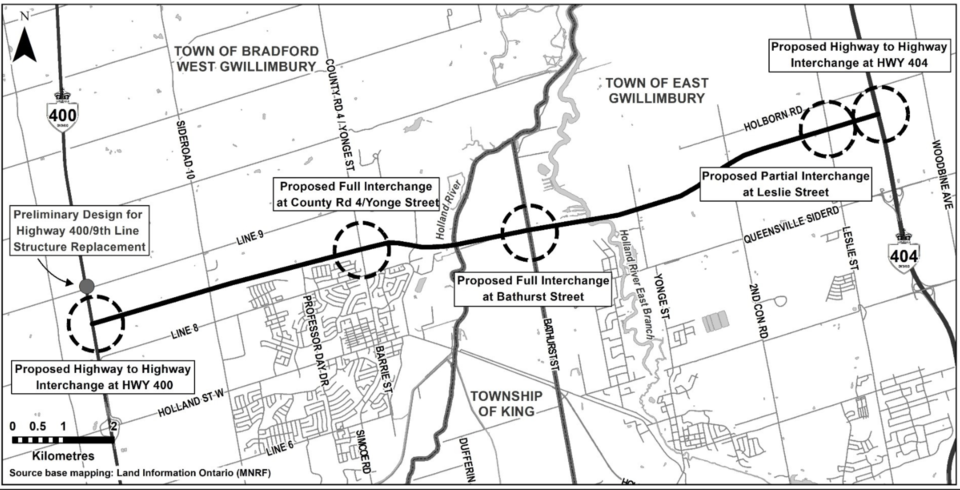NEWS RELEASE
RESCUE LAKE SIMCOE COALITION
*************************
On May 31, Barrie Council declined to support the proposed Bradford Bypass, and instead passed a resolution asking the province to do a comprehensive impact assessment on Lake Simcoe and those vulnerable watersheds and inflows into Lake Simcoe and to consider alternative routes.
This win for Lake Simcoe occurred five days after delegates persuaded Innisfil Council not to pass a motion to “strongly support” the Bradford Bypass. Advocates for Lake Simcoe are pleased because this represents a change in municipal support for the proposed 16 km highway over forests, wetlands, rivers, and farmland.
Concerned citizens, the Rescue Lake Simcoe Coalition, and Simcoe County Greenbelt Coalition applaud those elected officials who took a stand for Lake Simcoe this week.
“The arguments for saving Lake Simcoe were at the forefront, thankfully,” says Claire Malcolmson, Executive Director of the Rescue Lake Simcoe Coalition. “We have been able to caution municipal elected officials of the risks of blindly having faith in the province’s new environmental assessment process. And that’s because their “process” is to build now, and assess and mitigate as you go. That’s not responsible, and that’s no way to treat the most sensitive wetland in the Lake Simcoe watershed.”
Lake Simcoe is supposed to be the best-protected watershed in Ontario, with its Lake Simcoe Protection Act and Plan. But the spirit of the Plan is being ignored while some politicians promote a highway that will add salt to the delicate aquatic ecosystem, accelerate climate change, destroy provincially significant forests and wetlands, and does a poor job of protecting species at risk.
The highway opponents main challenge remains the misinformation being perpetuated by some local elected officials, and of Minister of Transportation, Caroline Mulroney (a Lake Simcoe MPP) and the MTO’s Bradford Bypass team.
What most concerns opponents about the illogical timelines are that “early works” like bridge supports are proposed to be built before the Environmental Assessment (EA) is complete. Mulroney told a Bradford Today journalist recently that “By early 2022 construction will be able to start on Yonge Street. We want the Environmental Assessment to be completed, that is critical.” However, the Ministry of Transportation wrote in a letter to York Region dated March 17, 2021, that Preliminary Design/ EA Update Study would be completed by late 2022. Starting construction before studies are complete would make the EA process just a show, and one that does not influence the decision about whether to, or where to, build a road to relieve traffic congestion in the Town of Bradford.
“If you can’t get basic information and consistent facts about the highway answered, you have to ask why?” says Margaret Prophet, Executive Director of SCGC. “A government “for the people” should want people to be informed and involved. What we have here is a process that is shrouded in inconsistencies, secrecy and obstruction and that should concern everyone.”
The second procedural complication is the unanswered question about what the Class EA will in fact cover. The province’s website for the Bradford Bypass says that through the Class EA process, MTO will complete a Transportation Environmental Study Report (TESR) which will document:
•The transportation needs, problems and opportunities,
•Existing environmental conditions;
•A summary of consultation undertaken throughout the Study
•The generation, assessment and evaluation of alternatives within the Study Area;
•The preferred alternative(s) / recommended plan; and,
•A summary of potential environmental issues and mitigation measures and environmental commitments to be carried forward through future design stages.
But there is still an exemption proposal on the Environmental Registry of Ontario, which has not been granted or denied, that would exempt the MTO from doing a TESR.
“As residents of Bradford West Gwillimbury and taxpayers in Ontario, we cannot support spending a minimum of $800 million on this highway, especially with so many unanswered questions,” says the Bradford Women’s+ Group. “We were troubled to learn that families who live along the proposed Bradford Bypass route are being approached to sell their homes or be expropriated before these questions are answered and before studies are even finished. And for what? MTO’s modelling shows that the Bradford Bypass will not solve our congestion issues and we still don’t know if people will be charged a toll for using the highway.”
Finally, advocates are concerned that the Bypass will become another 407 boondoggle. Neither the MTO nor the Minister will directly answer if this road will become a toll road built for future private investment.
“Residents who plan on using the Bypass need to know whose pockets they’re going to be lining”, says Prophet. “Will truck traffic move out of free roads to use a toll road? Not likely. Will the public pay the price of the highway’s impacts just so private corporations can make mega-bucks? “Build now, figure out details later” isn’t how a huge highway project should proceed, especially when we have people’s water, climate and health on the line.“
For an in-depth blog on the factors behind the building of highways and expanding road systems, visit https://simcoecountygreenbelt.ca/the-bradford-bypass-clearing-the-air/
*************************



